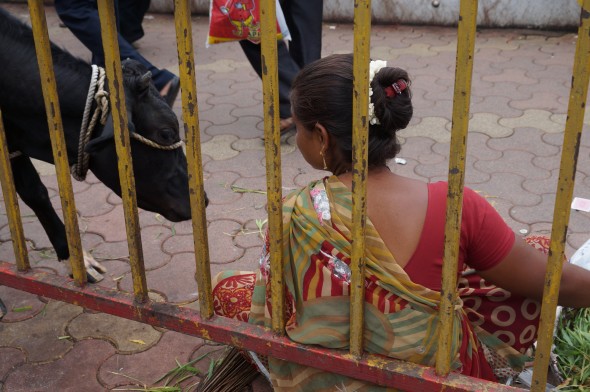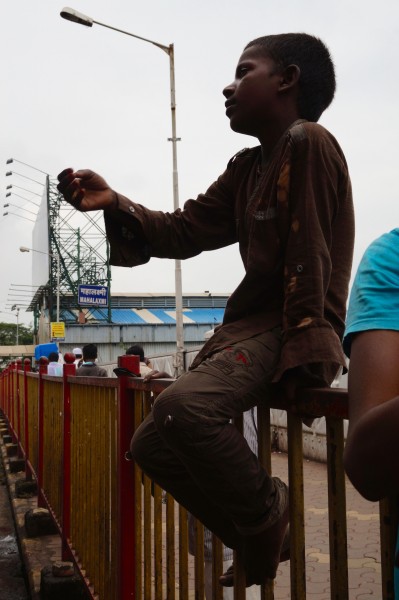
The Mumbai Paradox
By Isabella Leembruggen
Staring out of the window of our bus, I quickly understood why Mumbai has been labelled the city of contrasts.
The city adjoins poverty with wealth and tradition with modernity to create a city of extremes. Mumbai is home to the most expensive house in the world, yet also the world’s largest slum. The city’s leading financial and industrial buildings and opulent hotels are set amongst the backdrop of extreme poverty. Beggars sit in gutters in front of billboards which are promoting the newest BMW car or a soon to be released Bollywood Film.
Juxtapositions are in abundance in Mumbai and two experiences today made the extremes of Mumbai especially apparent to me.
The first occurred when I was admiring the grand Mumbai High Court, when I saw a woman sweeping the building’s footpath. I then watched this woman bend over to attend a baby, no older than one, who was naked and lying face down on the ground, outside the High Court. This moment between a mother and her child, set against the background of one of Mumbai’s most strikingly beautiful buildings, created a thought-provoking contrast.
The second was when I saw a woman walking in a vibrantly coloured Sari holding hands with her two children who were wearing jeans and t-shirts. This highlighted to me the union of old and new and provided an example of yet another contrast of cultures in Mumbai.
I am sure that these will not be the only examples of the great disparities that I will witness during my time in Mumbai. Over the course of next week, I hope to gain a greater understanding of why these exist and learn more about this fascinating and unique city.
Isabella Leembruggen
Isabella Leembruggen is a journalist and a student at the University of Queensland. She is in her fourth year of a dual degree of Journalism and Communications, majoring in Public Relations. Isabella is passionate about sport, politics and travel.



